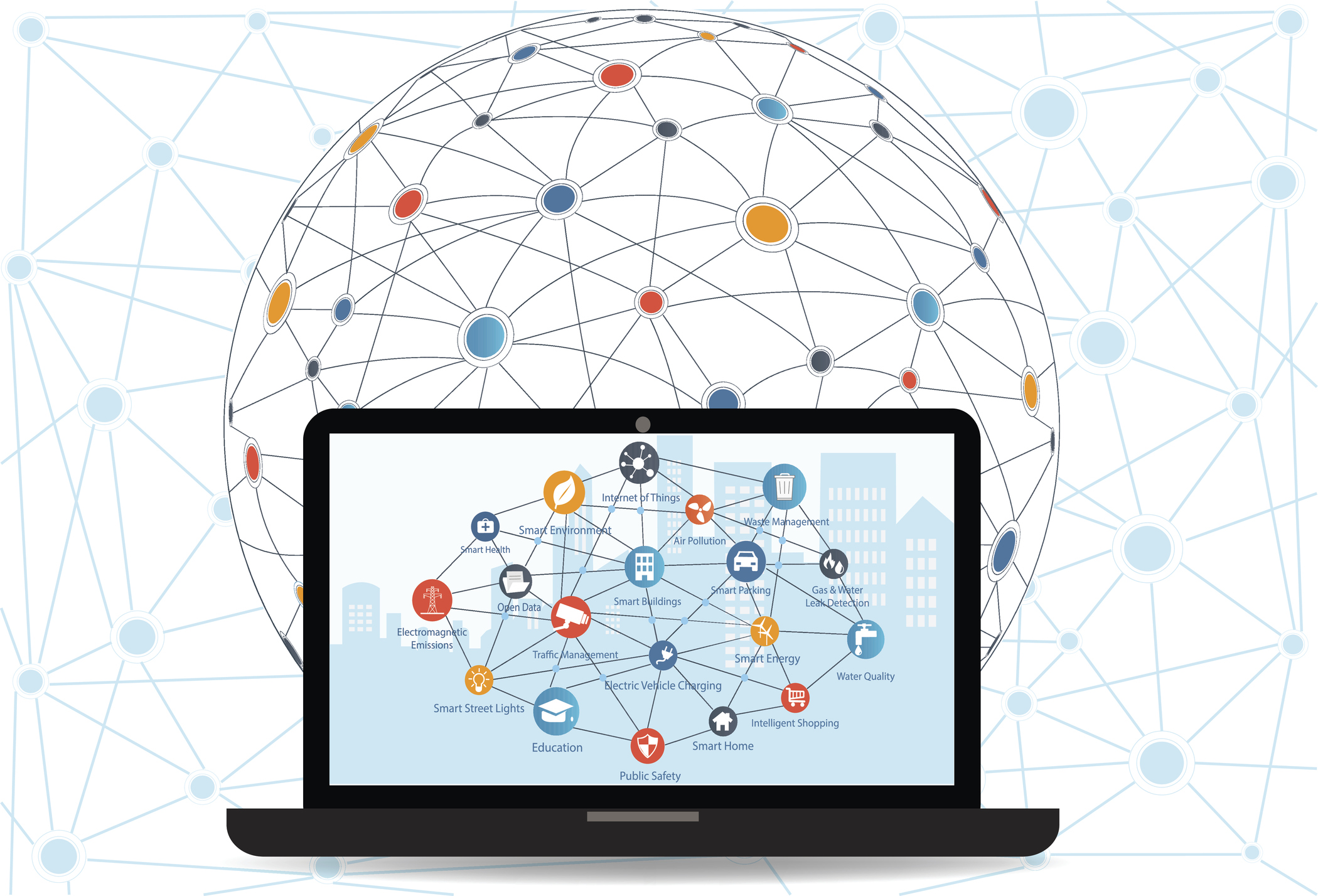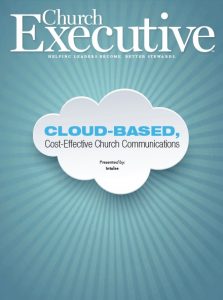
HOLD THE PHONE!
For the most part, church leaders don’t think much about their phone systems.
More often than not, phone service and Internet is bundled and rarely thought of again … until it falls short of what the church wants it to do.
From an efficiency — and even ministry! — standpoint, it makes sense to move your phone system to the cloud.
(Don’t worry: it’s easier than it sounds.)
Keith Goodling, Chief Strategy Officer at Intulse, explains.

What shortfalls do you see in most churches’ phone services?
Goodling: Uniquely, a cloud-based system affords more mobility and access to the phone system without staff needing to be at a specific location or desk. It handles multiple calls simultaneously and quickly connects callers with the people they want to reach.
A cloud-based system is also better for after-hours and emergency calls. While a staff member is on call, she might try to manage those calls with a personal cell phone. That’s not very effective or efficient. In contrast, a cloud-based system lets her use and leverage the phone system even when she’s not on campus.
Integration with church management software (ChMS) is an option. How does that work?
Goodling: We’ll integrate a cloud-based phone system with any ChMS provider that allows us to. Basically, the ChMS must have an open application programming interface, or open API, and be willing to allow another piece of software to communicate with it. In the church space, we’ve already integrated with Elexio.
If a church is interested in discussing integration, they just need to call us; we’ll reach out to their ChMS provider. They’re usually interested in working with us because it makes their software an even more integral tool at that church.
With ChMS integration, the church can get good data on who’s calling, why, and who they’re trying to reach. Whoever answers can quickly pull up that person’s information and get some background. When was the last time somebody talked with this individual or his / her family? Who at the church did he / she talk to? How can we best serve this person? What’s going on in his / her life?
In plain English, what is “the cloud”?
Goodling: It’s a collection of computers — sometimes referred to as a data center — remotely located and accessible via internet connection. Take Gmail, for example. All your emails are remotely stored in hard drives far away. When you log into Gmail and open an email, it fetches that data from the cloud.
Basically, our phone system routes each call the same way: through and to the cloud. So, a church doesn’t have to rely on the integrity of old copper phone lines, or
even a private branch exchange (PBX), which can be very expensive to buy and maintain.
With a cloud-based system, a church never has to wonder, What happens if the power goes out or if we lose our internet connection? The power didn’t go out where

the cloud servers are located, and neither did the internet. (This is especially important in the event of an emergency, when churches often function as central resource or command centers.)
Another benefit is when a pastor is using his personal cell phone while he’s on call. With a cloud-based solution, he can use his cell phone to get calls, but access the church’s phone system when calling somebody back. He’s reachable, but he isn’t sharing a personal number that could be called or texted at any time.
Also, if Pastor A is on call, Pastors B and C can be put on back up. So, when Pastor A is busy, rather than the caller going to voicemail, the system rings Pastors B and C, simultaneously.
What happens to a church’s existing phone service if it decides to move to a cloud-based system?
Goodling: We make sure the transition is seamless, with no down time. When complete, a church can discontinue its old service, which should save money every month.
A lot of churches are concerned about maintaining their current phone numbers. We plan for that; they keep their existing published phone, fax and toll-free numbers.
In some cases, when a church moves its phone system to the cloud, there might be a brief period of time when they have two phones side by side — their old phone
and their new phone — so staff can get familiar with the new phones. Meanwhile, the old phones are fully operational until the system is ported over to the cloud.
Also, before we set up the new phone system, we provide a questionnaire to assess how the church wants its call flow to work — if, for example, certain buttons need to be programmed as one-touch (frequently dialed numbers, popular extensions and so on).
After a while, if a church discovers it wants its system to work a different way, we’ll make those changes free of charge. Aside from the documentation and live, video and web-based training we provide, this really makes the learning curve more manageable. We don’t want users to experience the panic of, I’ve got this call, but I don’t know how to transfer it! or I might cut off this person because I don’t know which button to push!
Keith Goodling is Chief Strategy Officer at Intulse in Elizabethtown, Pa. He has been involved with technology and software applications since Y2K and has served as a cross-cultural missionary, church elder, and currently as a small group leader and coach. Every member of the team at Intulse is a small group leader or ministry worker and highly involved in their local church. Additionally, most of the core team spent 12 to 15 years building and selling a leading ChMS system.


